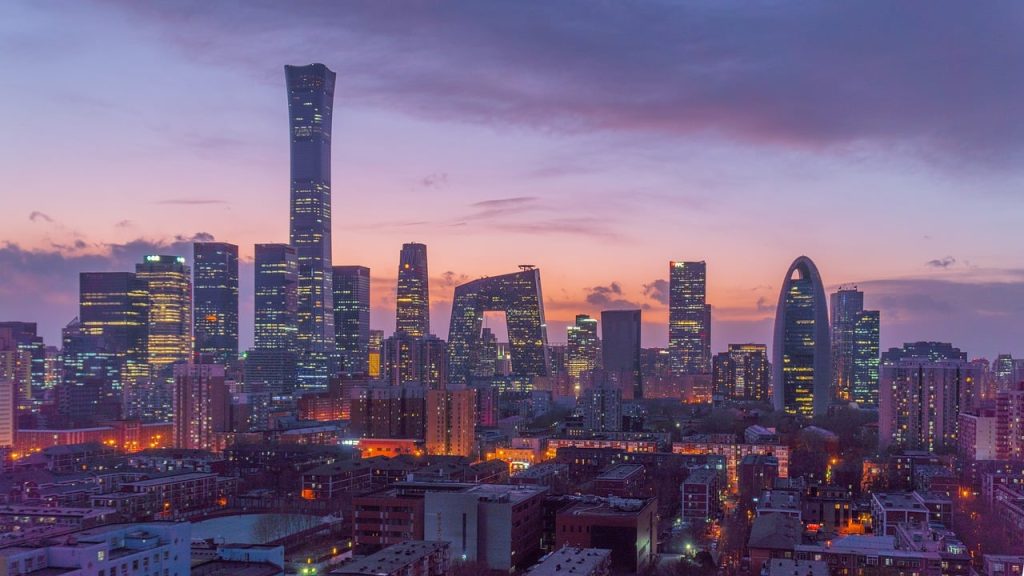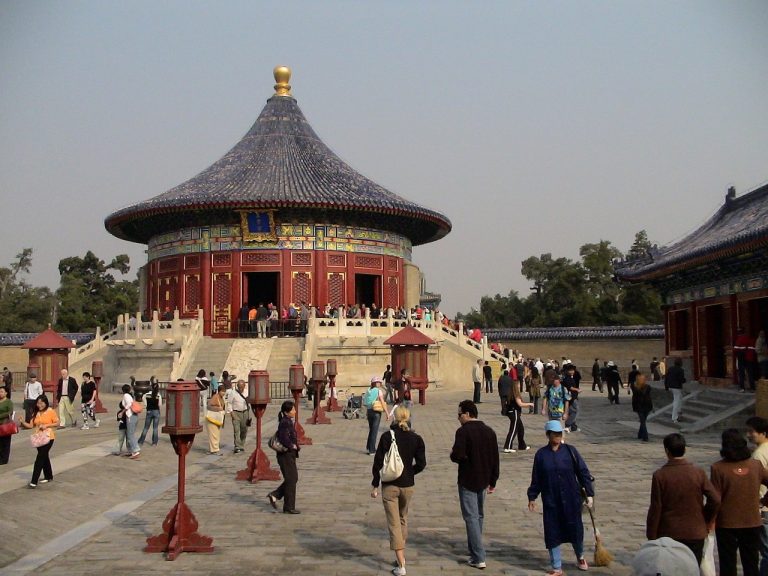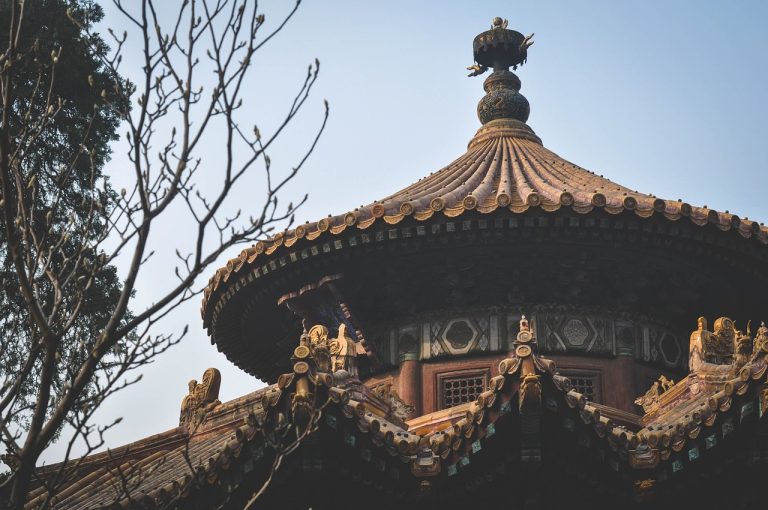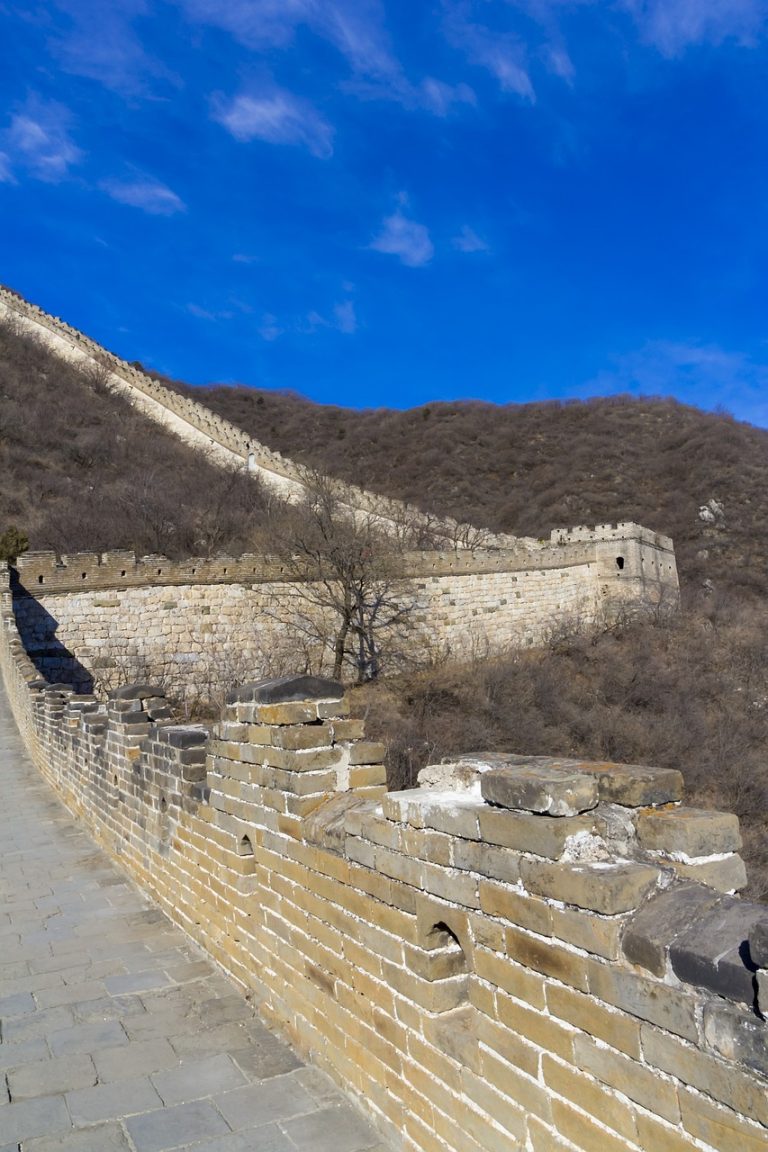Beijing China Video
Local Arts and Culture: Museums of Beijing China
Beijing, the capital city of China, is rich in history and culture. With its long-standing tradition of arts and creativity, it is no surprise that the city is home to numerous world-class museums. From ancient artifacts to contemporary art, Beijing’s museums offer a glimpse into the country’s rich heritage and artistic achievements. In this article, we will explore ten remarkable museums in Beijing, each with its unique collection and cultural significance.
The Palace Museum
The Palace Museum, also known as the Forbidden City, is one of the most iconic landmarks in Beijing. Built during the Ming Dynasty, this imperial palace complex served as the residence of Chinese emperors for nearly 500 years. Today, it houses an extensive collection of imperial treasures, including paintings, calligraphy, ceramics, and decorative objects. The museum provides visitors with a fascinating insight into the lives of China’s emperors and the country’s imperial history.
- Emphasized Keyword: Forbidden City
- The Palace Museum, also known as the Forbidden City, is a UNESCO World Heritage Site.
- It covers an area of 180 acres and consists of 980 surviving buildings.
- Visitors can explore the magnificent halls, courtyards, and gardens within the complex.
- The museum’s collection includes over a million artifacts, with only a small portion on display at any given time.
Beijing China Image 1: 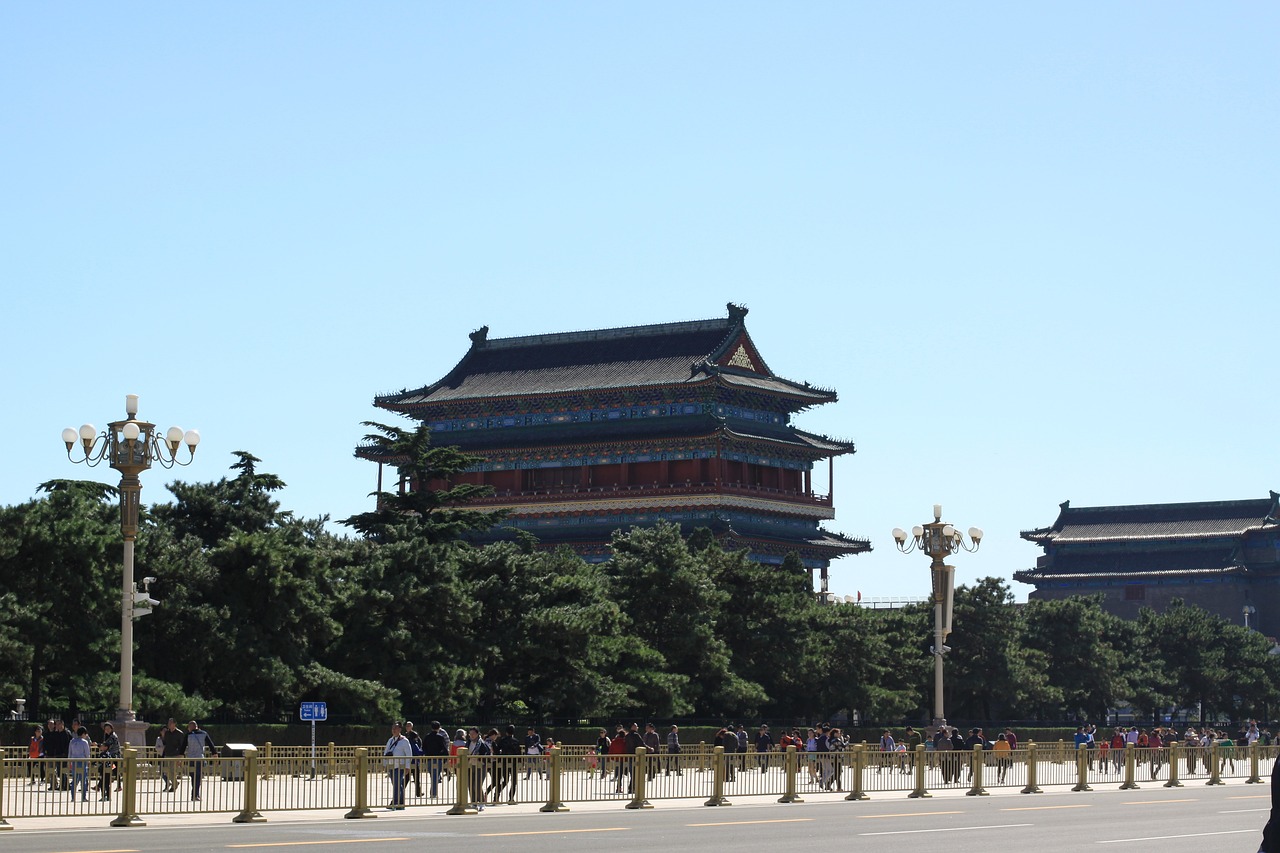
National Museum of China
The National Museum of China is located on Tiananmen Square and is one of the largest museums in the world. It showcases the history and culture of China through its vast collection of artifacts, spanning over 5,000 years. The museum’s exhibitions cover various topics, including ancient Chinese history, art, and archaeology.
- Emphasized Keywords: Tiananmen Square, Chinese history
- The National Museum of China was established in 2003 through the merger of two existing museums.
- Its collection consists of over a million items, with around 100,000 on display.
- Visitors can explore the museum’s permanent exhibitions, which showcase the development of Chinese civilization.
- The museum also hosts temporary exhibitions on various topics, attracting both domestic and international visitors.
Beijing China Image 2: 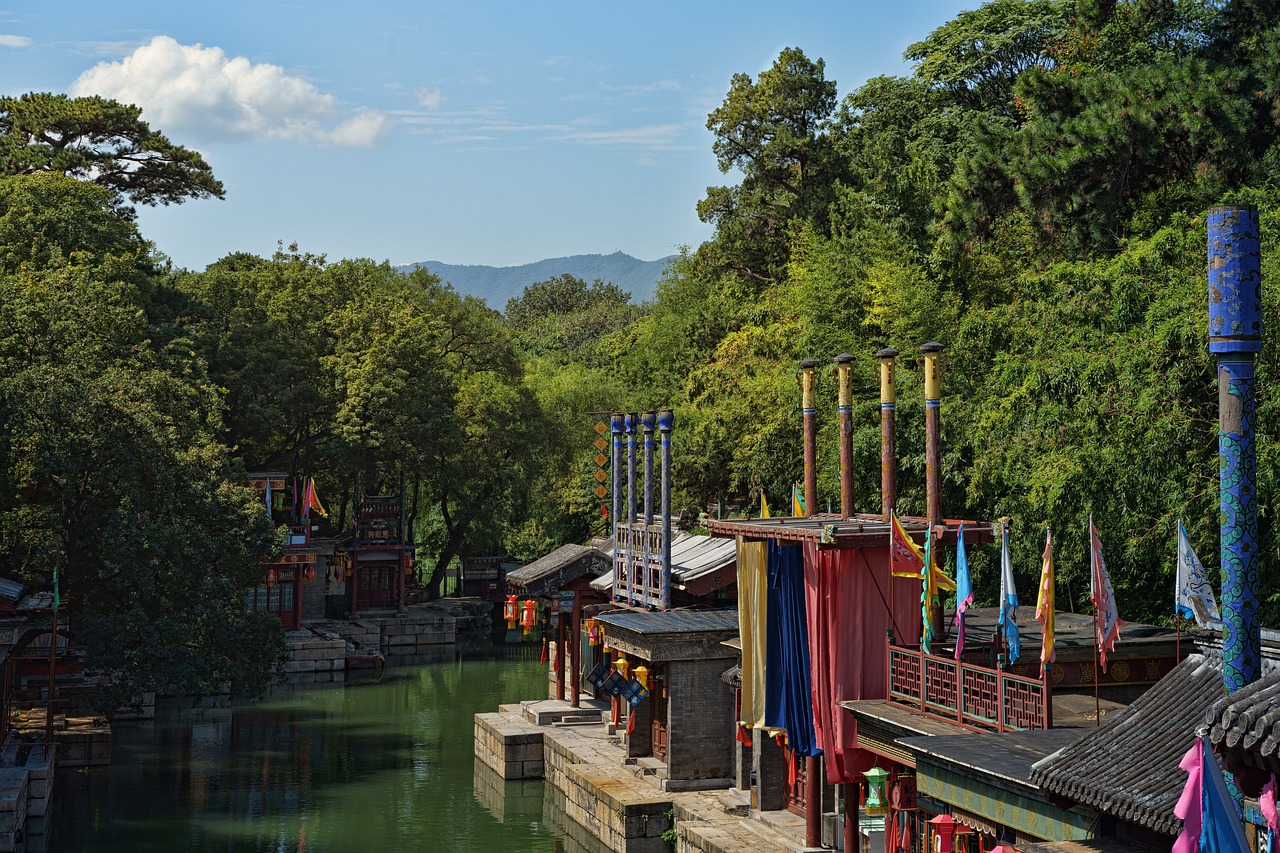
National Art Museum of China
The National Art Museum of China is dedicated to showcasing Chinese art from ancient to contemporary times. Located near the Forbidden City, the museum houses an extensive collection of paintings, sculptures, and other art forms. It serves as a platform for promoting Chinese art and cultural exchange.
- Emphasized Keywords: Chinese art, cultural exchange
- The National Art Museum of China was established in 1962 and has since become a leading institution for Chinese art.
- Its collection includes over 100,000 artworks, covering various styles and periods.
- The museum regularly hosts exhibitions and events, featuring both traditional and modern Chinese art.
- Visitors can appreciate masterpieces by renowned Chinese artists and gain a deeper understanding of the country’s artistic heritage.
Capital Museum
The Capital Museum is located in the western part of Beijing and focuses on the history and culture of the city. Its collection includes artifacts and artworks related to Beijing’s development over the centuries. The museum’s exhibitions cover a wide range of topics, including archaeology, folk customs, and urban planning.
- Emphasized Keywords: Beijing’s history, urban planning
- The Capital Museum was opened in 1981 and moved to its current location in 2006.
- Its collection consists of over 200,000 objects, including ancient artifacts, paintings, and photographs.
- The museum offers a comprehensive look at Beijing’s past, from its early settlements to its modern transformation.
- Visitors can explore the museum’s permanent exhibitions and participate in educational programs and cultural events.
Beijing China Image 3: 
798 Art District
The 798 Art District, located in the Chaoyang District of Beijing, is a vibrant hub for contemporary art. Formerly an industrial complex, it has been transformed into a thriving artistic community. The district is home to numerous galleries, studios, and exhibition spaces, showcasing the works of both established and emerging artists.
- Emphasized Keywords: contemporary art, artistic community
- The 798 Art District originated from a group of artists who occupied the abandoned factory buildings in the 1990s.
- Today, it has become a major attraction for art enthusiasts, offering a diverse range of art forms and styles.
- Visitors can explore the district’s galleries, attend art events, and interact with artists in their studios.
- The 798 Art District is a testament to Beijing’s thriving contemporary art scene.
China National Film Museum
The China National Film Museum is dedicated to preserving and promoting the history of Chinese cinema. Located in the northeastern part of Beijing, the museum showcases the development of Chinese film industry through its extensive collection of artifacts, photographs, and film screenings.
- Emphasized Keywords: Chinese cinema, film industry
- The China National Film Museum was opened in 2005 and covers an area of 20,000 square meters.
- Its collection includes over 200,000 items related to Chinese cinema, including film posters, costumes, and equipment.
- Visitors can explore the museum’s exhibitions, watch classic Chinese films, and learn about the evolution of Chinese cinema.
- The museum also hosts film festivals and other cultural events, attracting film enthusiasts from around the world.
China Railway Museum
The China Railway Museum, located in the western suburbs of Beijing, is dedicated to the history of China’s railway system. It showcases a vast collection of locomotives, carriages, and other railway artifacts, providing insights into the development of transportation in the country.
- Emphasized Keywords: China’s railway system, transportation
- The China Railway Museum was established in 1950 and covers an area of 16,000 square meters.
- Its collection includes over 100 historic locomotives and various railway-related objects.
- Visitors can explore the museum’s indoor and outdoor exhibitions, learn about the technology behind China’s railways, and even take a ride on a vintage steam train.
- The museum offers a unique experience for railway enthusiasts and those interested in the country’s transportation history.
Beijing Ancient Observatory
The Beijing Ancient Observatory is one of the oldest astronomical observatories in the world. Built during the Ming Dynasty, it served as a center for astronomical research and observation. Today, the observatory houses a collection of historic instruments and provides visitors with an opportunity to learn about ancient Chinese astronomy.
- Emphasized Keywords: astronomical observatory, ancient Chinese astronomy
- The Beijing Ancient Observatory was constructed in 1442 and consists of various astronomical instruments.
- Its collection includes sundials, celestial globes, and other devices used for measuring time and observing celestial bodies.
- Visitors can explore the observatory’s exhibitions, attend astronomy lectures, and even observe the night sky through telescopes.
- The Beijing Ancient Observatory offers a fascinating glimpse into the scientific achievements of ancient China.
China Science and Technology Museum
The China Science and Technology Museum is a comprehensive museum dedicated to promoting scientific education and innovation. Located in the northeastern part of Beijing, it features interactive exhibitions, demonstrations, and educational programs that cover a wide range of scientific disciplines.
- Emphasized Keywords: scientific education, innovation
- The China Science and Technology Museum was opened in 1988 and covers an area of 48,000 square meters.
- Its exhibitions cover various fields, including physics, biology, space exploration, and robotics.
- Visitors can participate in hands-on experiments, watch science shows, and learn about the latest advancements in technology.
- The museum aims to inspire curiosity and foster a love for science among visitors of all ages.
Conclusion
Beijing’s museums offer a treasure trove of cultural and artistic experiences. From the grandeur of the Forbidden City to the contemporary creativity of the 798 Art District, each museum provides a unique window into the rich history and vibrant culture of China. Whether you are interested in ancient artifacts, traditional art forms, or cutting-edge technology, Beijing’s museums have something to offer for every visitor.
References
– Palace Museum: www.dpm.org.cn
– National Museum of China: www.nmchina.org
– National Art Museum of China: www.namoc.org
– Capital Museum: www.capitalmuseum.org.cn
– 798 Art District: www.798district.com
– China National Film Museum: www.cnfm.org.cn
– China Railway Museum: www.china-railwaymuseum.com
– Beijing Ancient Observatory: www.bjp.org.cn
– China Science and Technology Museum: www.cstm.org.cn

